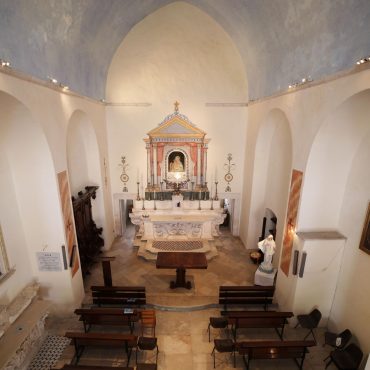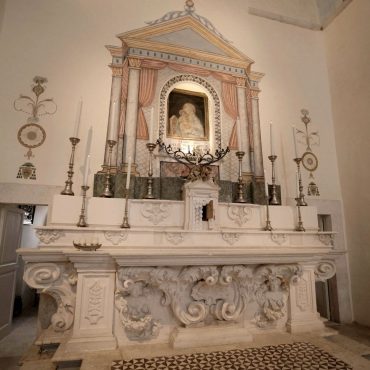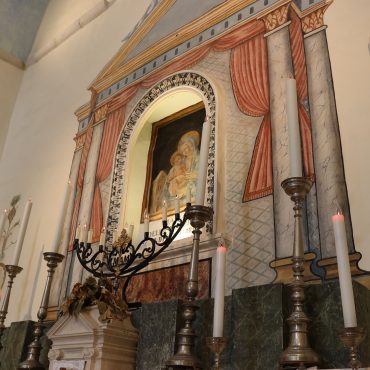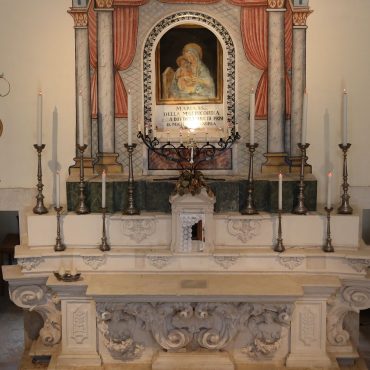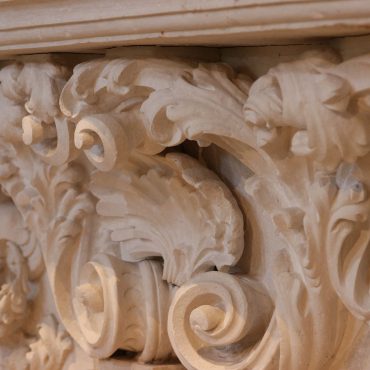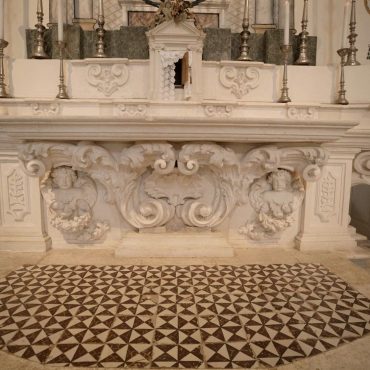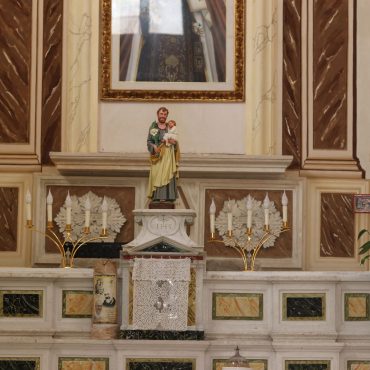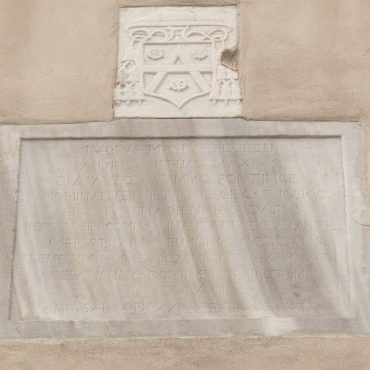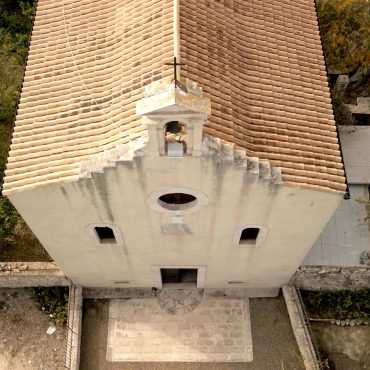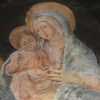
Church of 'Santa Maria della Misericordia'
(17th Century)
In this location stood a chapel known as “di Pantaleo” or “Pantaleone” until 1529. This chapel boasted a fresco of the Madonna dello Spasimo (the swoon of Mary), believed to be miraculous and venerated by the population who found comfort and protection from it. The peace of this place was brutally interrupted when Giovanni Battista Caracciolo, Duke of Melfi, destroyed the chapel. This act of sacrilege was part of the struggle for power among the noble families which dominated that period of history, tormented by rivalry, often ending in violent clashes and acts of retaliation.
The fresco depicting the Madonna dello Spasimo miraculously escaped harm, further fuelling the hope and faith of the townspeople, but the loss of the chapel threw the population into deep dismay. Bishop Giulio Masi decided to fund the construction of a new church which was finished in 1624 after 12 years of work. The Florentine bishop consacrated the new church with the name of Maria Santissima della Misericordia. The commitment and dedication of Bishop Giulio Masi were such that today the façade of the church still bears his coat of arms. The presence of the new church changed the name of this area, formerly known as “Fundi Templi” or “Templi Domini”.
These ancient names evoke history, popular traditions and legend. They say that in pagan times a temple dedicated to the goddess Minerva stood here with an adjacent building where the priestesses lived. In 1200, twelve Numidian marble columns were removed from the abandoned temple and adorned the cathedral untili 1747 when Bishop Mercurio substituted them with pillars in calcareous stone. “Templi Domini”, another name found in the documentation, refers to the Knights Templar, who donated this area of land to the Order of Jerusalem in 1310.
The interior of the church is simple and austere. As well as the fresco of the Madonna dello Spasimo (now St. Mary of Constantinople), there are also two altars worthy of note: the central altar, which comes from the cathedral and the lateral altar of St. Michael, which comes from the chapel of the same name near Torre del Tuono. Thanks to its history of destruction and rebirth, today this church represents a symbol of genuine faith and abiding devotion.
